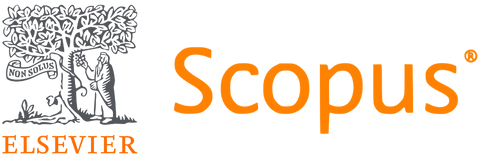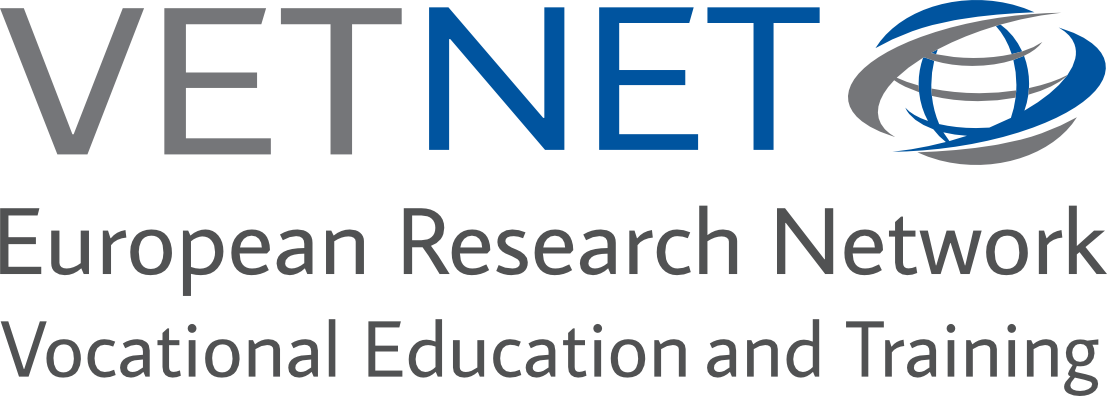Moving From Fragmented to Seamless Sense-Making in Blended Learning
DOI:
https://doi.org/10.13152/IJRVET.8.3.1Keywords:
Sense-Making, Blended Learning, Curriculum Design and Pedagogies, Vocational Education and Training, VETAbstract
Context: Sense-making, understood as meaning making or giving meaning to experience, is an integral part of everyday life, work and learning, and is a process critical in enabling people to recognise how and when to respond to situations appropriately so that they can resolve problems effectively (Weick et al., 2005). Earlier studies on sense-making in educational or organizational settings (e.g. Harverly et al., 2020; Weick et al., 2005) tended to focus on the sense-making process per se in particular setting such as classrooms or organizations, few of them have paid much attention to the sense-making process in blended learning (BL). BL in vocational training mainly aims to enable adult learners to apply what was learnt in classrooms to solve authentic problems in workplaces or simulated settings. High quality of sense-making is crucial to help the learners achieve the aim. This timely study is to offer a comparative look at how different dynamics of BL interplay together to mediate the quality of sense-making in achieving learning outcomes. The dynamics include industry and training connections, policy and institutional contexts, the inhabited pedagogical practices and curriculum design.
Methods: This study adopted phenomenological (Moran, 2000) and semi-ethnographic approaches (Hammersley, 2010), including semi-structured interviews, observations, analysis of relevant documents (e.g. curriculum and learning materials) to capture the rich data in case studies to understand learners’ sense-making experience in BL. Researchers focused on seeking to understand how different environments, tools and artefacts mediate the quality of sense-making as the learners progressed through their learning journey. To triangulate the data, adult educators, curriculum designers and where possible, workplace supervisors, were also interviewed and observed for their perceptions and behaviours in learners’ sense-making in BL.
Findings: The findings from two different BL courses (ICT and HR) surface that the degree to which learners’ sense-making is fragmented (low quality) or seamless (high quality) is mediated by the interplay of different contextual factors in BL in multiple ways, such as, the connections (or not) with industry, the use (or not) of authentic problems and tasks.
Conclusion: The interplay between different dynamics in BL is of great importance to mediate the curriculum design and pedagogical approaches used in BL for high quality of sense-making of adult learners in vocational training.
Downloads
Online First / Final Publication Date
How to Cite
Issue
Section
URN
License
Copyright (c) 2021 Bi Xiaofang

This work is licensed under a Creative Commons Attribution-NonCommercial-NoDerivatives 4.0 International License.





